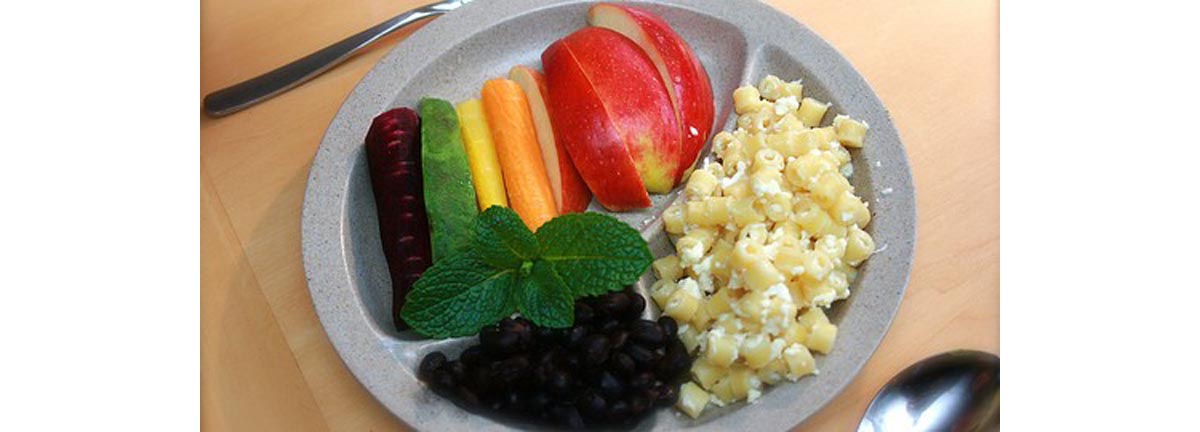Table of Contents
If all that sounds just too technical, fear not, there is an alternative method of working out portion sizes.
The eyeballing, or guesstimating method works better for those who aren’t number-orientated, prefer to focus on single-ingredient foods, like to eat the same things regularly, or who are on the road or out a lot without access to scales for weighing ingredients.

You may have had the advice that your protein servings should be as big as a deck of carbs or that you need a fists-worth of grains to make a portion, but that doesn’t really get accurate enough and doesn’t allow for particular differences between men and women, or goals.
You can however use different parts of your hand to get a pretty good gauge of portion sizes.
Your palm will determine your protein portions, your fist will relate to veggies, your cupped hand for grains and your thumb for fattier foods.
- When it comes to protein in each meal:
men should have roughly two palms worth,
while women should opt for just one palm of meat, fish, eggs or dairy.
- For your veggies, it’s the same sort of deal.
Guys should look to have two servings of veggies, each roughly the size of their fist,
while women need to shoot for one fist of vegetables.
- You might have guess it, but it also works the same for higher carb items.
Men need two cupped hand fulls of carbs,
and women one.
This does vary a little though – if you’re looking to drop some fat, then you may want to decrease this slightly, or go for lower carb items. For instance, two cupped hand fulls of rice, quinoa or oats will have a fairly hefty carb count. While they may still be starches, root vegetables such as squash or Swede, along with low-sugar fruits like berries or apples, plus beans and pulses will all be slightly lower on the carbs. You can sub in extra green veggies for carbs too if you wish.
Finally, it’s two thumbs for men on the fats, and one thumb for women. These fat foods could be nuts, seeds, oils, or full fat dairy products like cheese or cream. Again, there’s some leeway with this. If you’re having a fattier protein source such as steak, chicken thighs or an oily fish like salmon, you might want to forego the extra fat if you’re on a weight loss kick.
This method is a lot easier to implement, but does require some self-control. Don’t for example, try to literally pile as much carbohydrate as you can into your cupped palms, in the hope of boosting your serving sizes. It can also make some meals difficult to plan. If you’re having a one-pot dish like a casserole, chili or pasta dish for example, it’s tougher to guesstimate portion sizes.
Both these methods work, provided you’re sensible with them and make adjustments to your diet depending on progress.
- “Calorie Control Guide for Men and Women”
- By Ryan Andrews and Brian St Pierre
- Published on September 25, 2012
- Accessed on March 3rd, 2013
- Retrieved from http://www.precisionnutrition.com/calorie-control-guide
- Photo courtesy of cproppe on Flickr: www.flickr.com/photos/cproppe/4439103573
- Photo courtesy of 30691679@N07 on Flickr: www.flickr.com/photos/30691679@N07/5121577622


Your thoughts on this